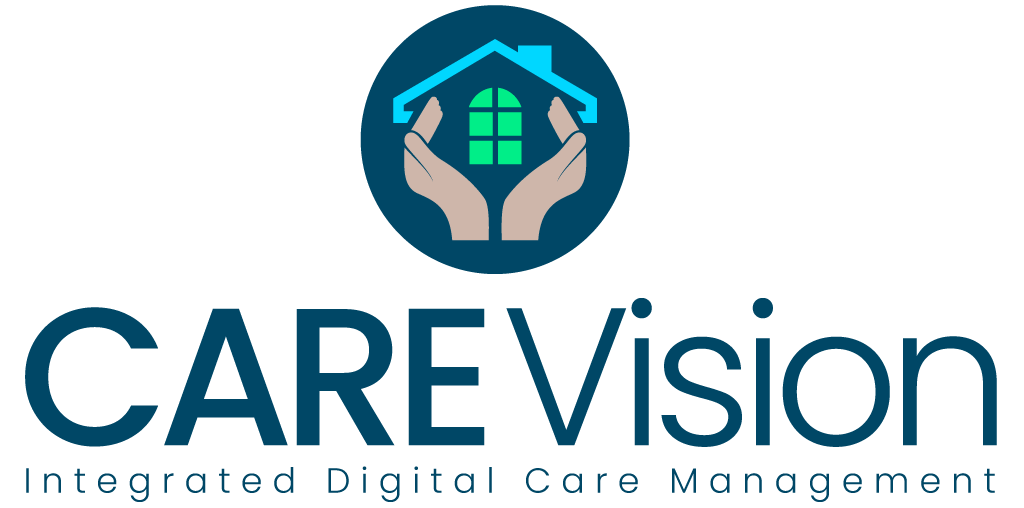Today’s school, college and university leavers are entering the workforce with more options open to them than ever before. Higher education, apprenticeships, graduate training schemes and more all beckon young people seeking to establish a meaningful, rewarding – and well-paid career.
Traditionally, the prospect of working in residential care has not always fared well when compared to other career paths. Shifts can be long and tiring, especially at the start of a career, and pay isn’t exactly overgenerous in some places.
Why work in care in the first place?
However, there can be no doubt that a career in care in is extremely rewarding. As human beings, we can find immense satisfaction in helping other human beings, especially during vulnerable times in their lives. Carers tend to stay in the healthcare sector for a long time, indicating a generally high level of fulfilment. Working as a carer can also often be the first step towards gaining healthcare or medical qualifications and moving on to other, more specialist roles with in the sector.
Experience gained initially as a carer can be a huge help when it comes to this, as it teaches empathy, patience and how to communicate effectively with others. Other areas where young people can strengthen their understanding and abilities can include assertiveness and decision-making, personal presentation, teamwork, self-esteem, confidence and learning how to treat others with dignity and respect.
Caring can also often be a flexible employment option. There is the possibility of choosing which shifts to work and establishing a mix of day, night and part-time hours. This can help keep the job interesting and allows you to plan other parts of your life around it.
What can be done to attract younger care workers?
So, given all of these advantages, more can – and should – be done to attract young people into the profession. Work is already being done in this area – national minimum wage was raised in April to £10.42 per hour, up from £9.50 (for workers over 23 years old). This figure remains in constant review. There are several attractive apprenticeships schemes in the private sector and the NHS. These offer training, on-the-job experience and a pathway into the wider healthcare industry.
Care homes, too, can do a lot to attract and retain younger staff. Today’s new starters set great store by a decent company culture and being well treated and supported in the workplace. This is firmly within a care home’s control, and should be taken very seriously. Providing decent training, maintaining a friendly atmosphere, supporting everyone in their jobs and respecting people’s input are all extremely important. As is offering chances to progress in their career and learn new skills wherever possible. All of this is, of course, just as important when working with volunteers as it is paid members of staff.
The role of technology in retaining younger staff
A huge aspect of attracting and retaining younger people into care – as in many other professions – can also be centred around technology. We all now a young person who loves their phone and who cannot be seen in public without their headphones. Care homes that take advantage of the latest tech to help run operations can really tap into this passion and fountain of youthful knowledge. Using technology can be far more intuitive to younger members of staff.
You may find that younger workers can help those with many years of physical caring experience get to grips with the newer technology involved. Everyone can learn something from others. Being able to share knowledge around technology can really boost a newer carer’s confidence self-esteem as they get to grips with other, unfamiliar tasks and routines around the home.
Digital care management systems such as Care Vision can also help younger starters learn the ropes when it comes to keeping and updating records. From uploading availability for staff rota planning to clocking in and out electronically, many staff-based tasks can be computerised to save time and effort.
On the caring side, digital tools such as eMAR, electronic monitoring for weight, fluid intake etc. and handover note-taking can also work very well for younger staff members who are already extremely used to using a tablet, PC, smartphone or other electronic device for tasks of a similar nature elsewhere.





